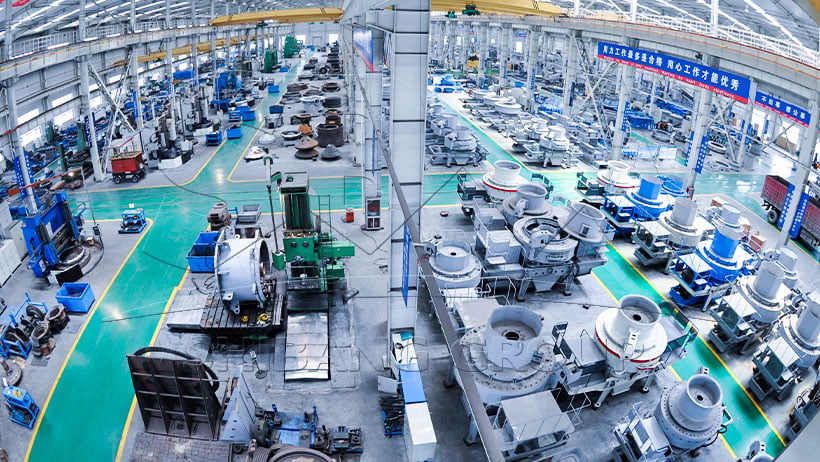Lead-zinc OreProcessing Technology
High Recovery Rate
Eco-friendly Production
Lead-zinc ore generally needs to be enriched into concentrates before use. The mineral processing method varies depending on the type of lead-zinc ore. In general, flotation is commonly used for sulfide ores, while flotation or a combination of gravity separation and flotation is used for oxide ores. For lead-zinc ores containing multiple metals, combined mineral processing methods such as magnetic separation-flotation, gravity separation-flotation, and gravity separation-magnetic separation-flotation are often employed.



SBM has been focusing on developing automation for aggregates projects and successfully released the intelligent IoT service.
More Detail
SBM operates spare parts warehouses to ensure swift delivery upon receiving a call, minimizing customer wait times. Additionally, we offer assistance in creating parts inventory schedules to prevent downtime.
More DetailPlease fill out the form below, and we can satisfy any of your needs including equipment selection, scheme design, technical support, and after-sales service. We will contact you as soon as possible.